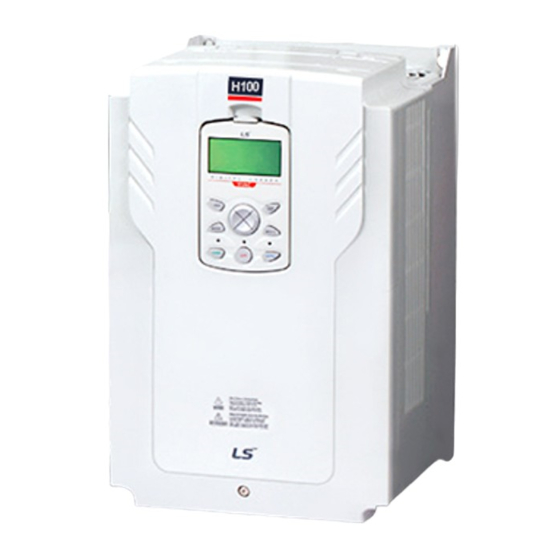
Table of Contents
Advertisement
Quick Links
This operation manual is intended for users with basic knowledge of electricity and electric
devices.
* LSLV-H100+ is the official name for the H100+ series inverters.
* The H100+ series software may be updated without prior notice for better performance. To
check the latest software, visit our website at http://www.ls-electric.com.
Advertisement
Table of Contents








Need help?
Do you have a question about the H100 2(PLUS) Series and is the answer not in the manual?
Questions and answers